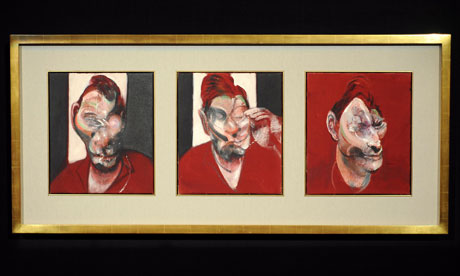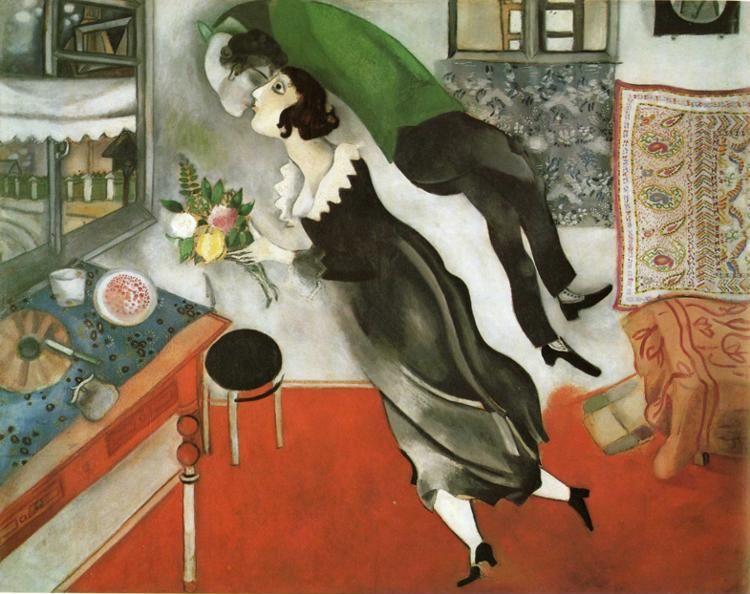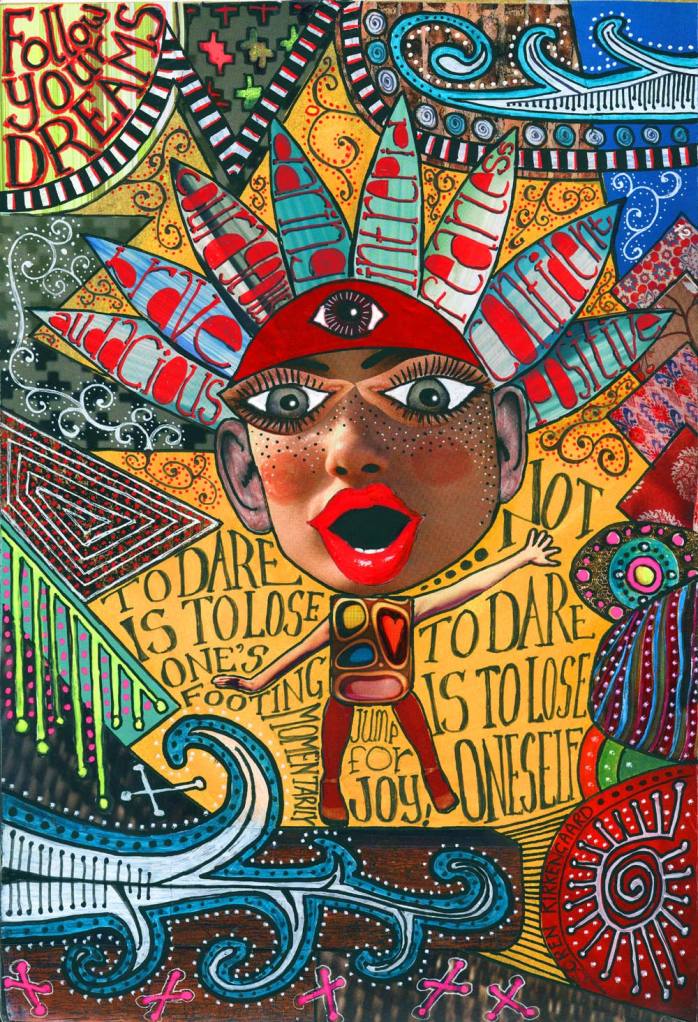Sometimes it's easy to forget that emotions don't all need to be heavy or extremely sad! There are tons of emotions and tons of ways to show them!
Jason Seiler
Jason Seiler is originally a caricature artist, this can be seen in the exaggerated poses and physical features his figures have. The exaggeration and emphasis is used to emphasize whatever particular characteristic or emotion the person is showing.
Notice that here a more "tough" expression is emphasized...
While a goofier expression is emphasized here.
For a caricature, this is one of the more emotional paintings I've seen. This was a caricature of Saddam Hussein as he was on trial for multiple war crimes. The expression locked on his face is one of fear but of defiance, and the exaggerated features help emphasize this.
Francis Bacon
I love BACON! Seriously, I do. Francis Bacon, that is. (but i do love the food)
Francis Bacon has a fantastic, unique, way of bending and distorting figures so that what he eventually is portraying is pure emotion. The painting of the pope on the left here was a done by Velazquez around 1650, Francis Bacon completed his "study" of it in 1953.
One great way to show the same figure several times, focusing on distortion and emotion is to use a Triptych!
Bacon, Triptych!
Steven Assael is a much more subtle, realist, figurative painter. He's able to depict figures' stories through the use of costumes and not much facial expression.
What he actually does is depict these characters in a very straightforward manner and lets you add any sort of emotional qualities to them. For example, when we look at the fire fighter we associate him with being heroic and possibly remember specific events such as September 11th.
What emotions or qualities do you associate with the second picture?
-Bustamante!










 RASSOULI is a visionary artist, known for his unique style of Fusionart. He was born in Isfahan, Iran and migrated to the United States as a young man. He is currently residing in Southern California.
RASSOULI is a visionary artist, known for his unique style of Fusionart. He was born in Isfahan, Iran and migrated to the United States as a young man. He is currently residing in Southern California.











